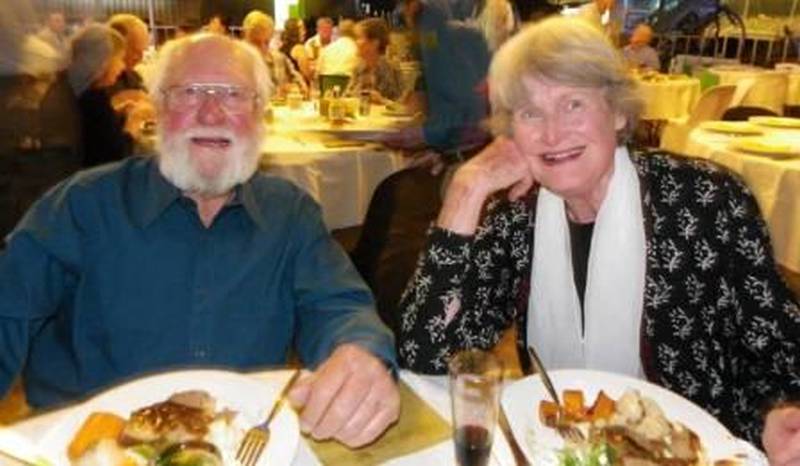Gwalia Museum
Gwalia Museum was opened in 1972 as the Gwalia Historical Gallery in the former Sons of Gwalia Mine Office by an enthusiastic group of locals keen to preserve the history of the mine and Gwalia. Over the years, restoration work has been done on many of the cottages while the former mine office houses a huge collection of objects and photographs showcasing the life and times of the mine and the people who worked there.
History of Gwalia Museum
The Gwalia Historical Gallery was established in 1972 by Donna Reid and her husband Don in the former Sons of Gwalia Mine offices. They were aided by an enthusiastic group of local volunteers – the first of the many dedicated people who have worked for several decades to preserve the history of a unique community and place.
The museum was managed by the Leonora Tourist Committee, formed by community members who saw the tourism and heritage potential of Gwalia when the cottages were being demolished in an attempt to clear the area. With an appreciation of the significance of Gwalia, one of the Tourist Committee’s aims was to preserve a part of the region’s gold mining history.
After the Reids left in 1980, Western Mining Corporation Ltd, which had since 1964 leased the Sons of Gwalia management buildings from the Department of Mines, employed caretakers to maintain the buildings and open the museum to visitors. Long-time Leonora resident Beryl Demasson, a museum volunteer since 1972, organised a group of volunteers to open the museum each day.
In 1986 the Gwalia Museum Historical Association was established in conjunction with the Sons of Gwalia NL, the mining company that had reopened the old mine site in 1983.
Leonora resident Maxine Cable successfully managed the museum from the late 1980s until 2000 and major activities were made possible thanks to substantial financial assistance from Sons of Gwalia NL. The cottages, headframe and other structures threatened by the development of the open pit were relocated. The Assay Office was renovated and the Museum building refurbished. Maxine also oversaw the beginning of the restoration of Hoover House and the rebuilding of the winder room after it was destroyed by a tornado in 2000.
Maxine was in charge of the centenary celebrations in 1996, when the community pulled out all stops to breathe new life into historic Gwalia. The Leonora Tourist Committee auctioned the rights to restore the miners' cottages and camps, most of which had been abandoned when Sons of Gwalia Ltd shut the mine in 1963. The response was overwhelming, with bids from $20 to $1,000 and more than 100 people volunteered to restore the cottages. By the time Maxine left in 2000 the museum curator’s position was a full-time post funded by the Sons of Gwalia NL.
In 2001, the owners of Sons of Gwalia NL, Chris and Peter Lalor, set up a public company, the Leonora Gwalia Historical Museum Ltd. This allowed the museum to own land, property and sign leases and to obtain charitable tax status. The company, which replaced the Gwalia Museum Historical Association and the Leonora Tourist Committee, administered the Gwalia Historical Precincts and appointed a museum manager. The Shire of Leonora obtained ownership and management of the Leonora Gwalia Historical Museum Ltd (now Gwalia Ghost town & Museum) in September 2010. The Shire provides significant financial commitment to ensure Gwalia’s history is preserved.
